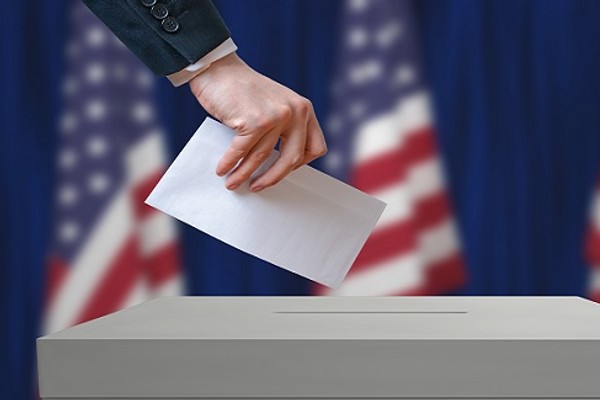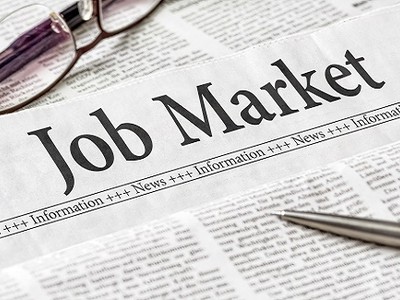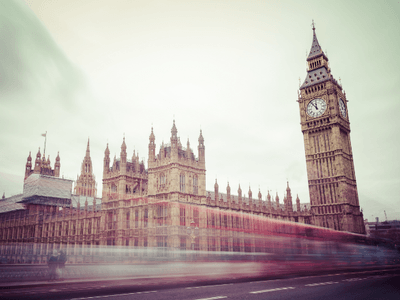It looks like we are heading towards gridlock in the US government, which is often a positive as it can stop radical, sub-optimal agendas being rolled out. But not in this case, because of need for monetary stimulus.
I suspect we are looking at a $500 billion stimulus with a focus on airlines and the Payment Protection Program, possibly with some small scale infrastructure spending. But that $500 billion could grow to $1 trillion if Covid-19 forced a national lock-down across the country or many local ones.
Biden will have to appoint a centrist cabinet, as he needs his cabinet to be confirmed by a Republican Senate, and with the country split, he will not want to dent the Democrat’s chances at the mid-terms with a radical left. Trade policy could well see tariffs down at the margin and the US will likely work closer with EU, Canada and allies, in a bid to take on China. We might also see the Department of Justice take the anti-trust agenda beyond technology and into other areas.
I expect Biden will try to take some executive action on health and he might manage to bring down drug prices. He could even declare an environmental emergency and push through green energy agendas, which is not what oil prices is expecting with the price of oil rising on the back the vote and subsequent split government.
The Fed will probably have to fill the slack caused by a small fiscal stimulus, which means lower interest rates – this is reflected in bank share prices falling post the election and, once again, tech is leading the herd.
I also think we should expect more Quantitative Easing (QE) into the corporate debt market place; you can see that with corporate spreads trading down into new recent low territory.
In the event of Trump losing and threatening more lawsuits it could unsettle the markets, but at the end of the day, Trump will want to go back to making money and he will not want to burn too many bridges. That might not stop his administration being difficult though so the weeks leading up to the new year could well be bumpy ones and start with civil disturbances.
The net result is probably positive for risk assets and longer-dated cash flows. But, this is likely to create further distortion in financial markets, increase incentives for irresponsible risk-taking and lead to the misallocation of resources throughout the economy, which could heighten the threat of financial instability. Risk yes … but highly probable collapse … no. This risk has been around for some time now.
The views expressed are those of the author.



